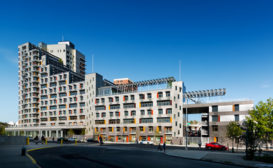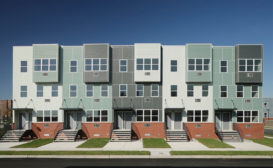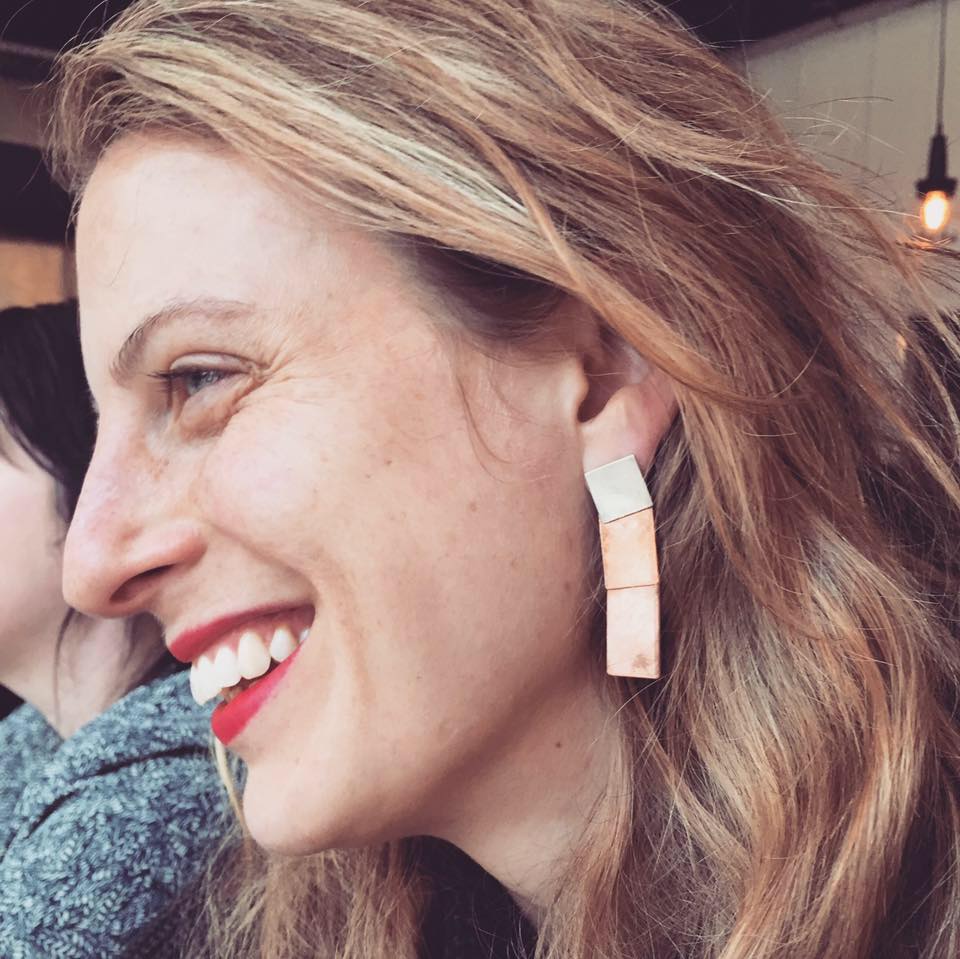Multifamily Housing Architecture
The Modules
Out of the Box: The Modules, a student housing development by Interface Studio Architects, flaunts its construction method as it makes a case for well-designed prefab.
Read More
First Look: Absolute City Centre
Residents begin to move into the first of MAD's two convention-busting apartment towers near Toronto.
Read More
Nehemiah Spring Creek Housing by Alexander Gorlin Architects
Brooklyn, New York
September 16, 2011
8 Spruce Street
Making waves in the skyline: Frank Gehry drapes his first skyscraper in rippling stainless steel, bringing luxury living to lower Manhattan
Read More
Copyright ©2024. All Rights Reserved BNP Media.
Design, CMS, Hosting & Web Development :: ePublishing



